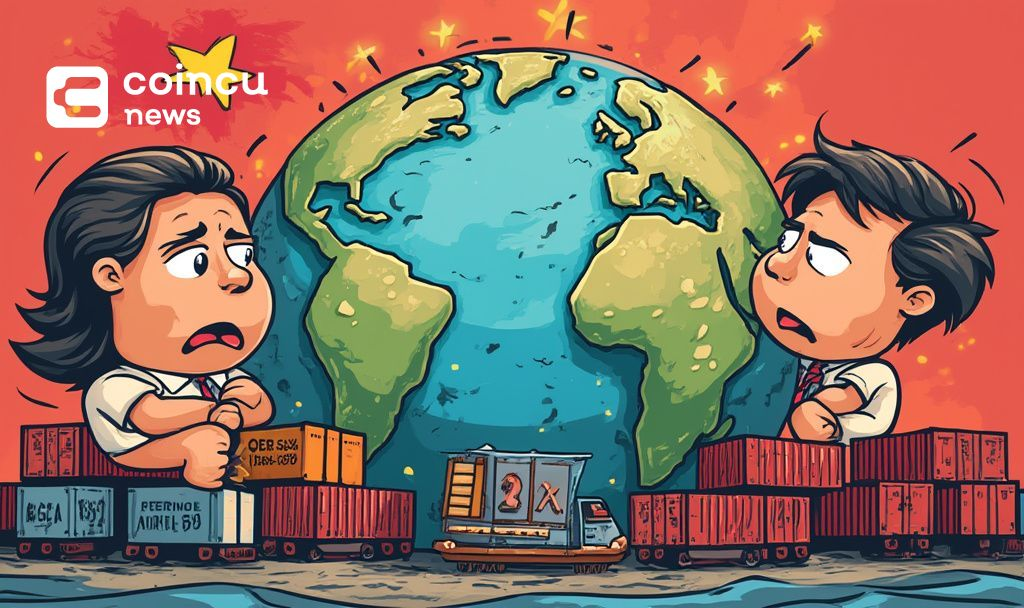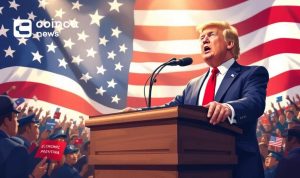- Main event, leadership changes, market impact, financial shifts, or expert insights.
- China implements 34% tariffs on U.S. imports.
- Imposition affects tech, agriculture industries and international relations.

China announced it would impose a 34% tariff on all U.S. imports starting April 10, according to the Chinese Ministry of Commerce.
This decision amplifies tensions between the two economic giants following the U.S.’s implementation of “equal tariffs” on its trade partners, including China.
China Imposes 34% Tariff on U.S. Imports
China’s Ministry of Commerce revealed a 34% tariff imposition on U.S. goods starting April 10. This action, a response to recent U.S. tariff measures, targets 16 U.S. entities like High Point Aviation Technology, prohibiting dual-use goods exports. China adds more US firms to its unreliable entity list. Eleven companies, including Skydio, were added to an “Unreliable Entity List,” restricting their market access in China.
This escalation follows the U.S.’s “equal tariffs,” which prompted China to file a WTO dispute. The tariffs impact tech industries, agricultural exports, and several key sectors. Market analysts fear significant disruptions to international supply chains and economic stability.
Guo Jiakun, Spokesperson, Chinese Foreign Ministry, expressed strong opposition to U.S. tariffs, calling them unilateral and a violation of WTO rules: “Protectionist policies hurt all parties and urged the U.S. to engage in dialogue based on mutual respect.”
Asian markets reflected concerns over heightened trade barriers between the U.S. and China. Guo Jiakun, China’s foreign ministry spokesperson, criticized U.S. protectionist policies, urging dialogue. President Donald Trump defended tariffs as measures for “fair trade,” emphasizing their importance to American economic interests.
Historical Trade Disputes Resurface Amid WTO Challenge
Did you know? In 2010, China used rare earth minerals as a bargaining tool during a trade dispute with Japan, a strategy being observed again amid tensions with the U.S.
Trade conflicts like these echo past issues, including the 2018-2019 U.S.-China trade tensions. Industries most affected, such as technology and agriculture, face similar challenges today. Export restrictions may jeopardize supply chain effectiveness, resembling disruption patterns seen in earlier disputes.
China increases scrutiny on foreign companies amid trade tensions. Expert economic analysis signals potential financial turbulence. The WTO dispute might take years to resolve, prolonging global uncertainty. Analysts predict long-term “trade war” scenarios could influence technology advancements, international partnerships, and economic structures.























